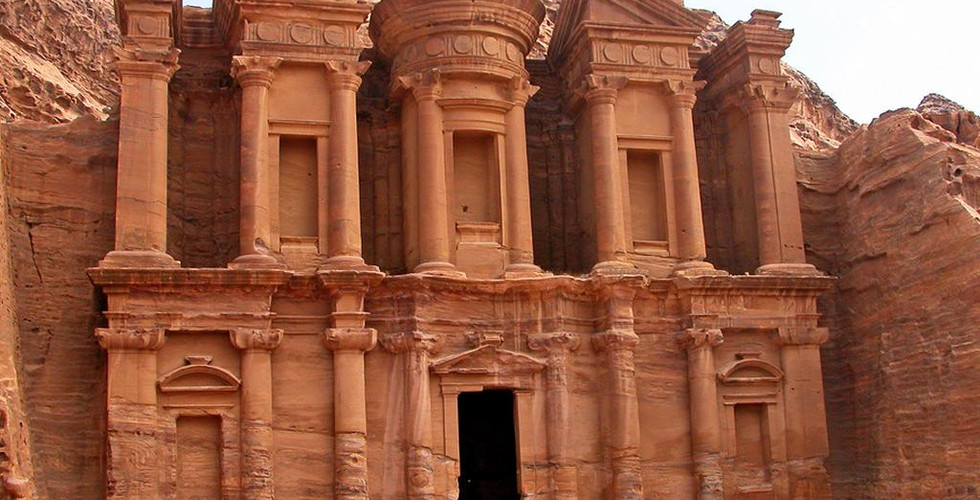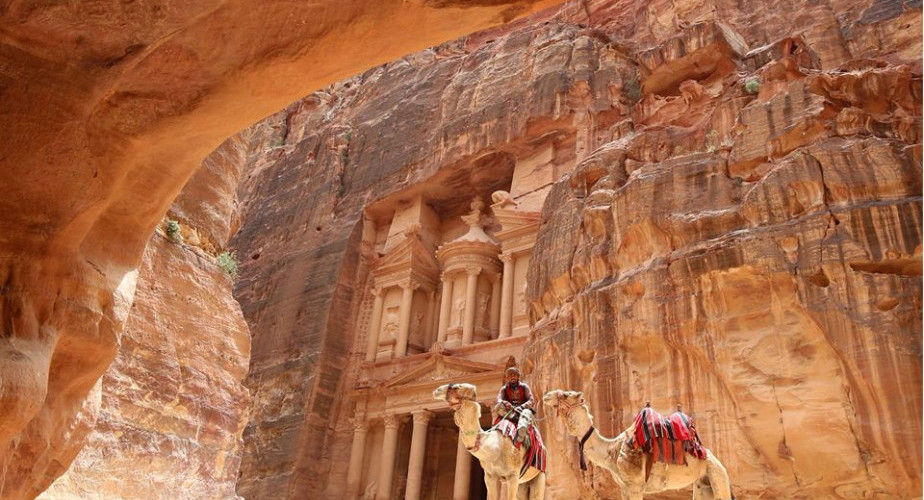Petra ancient stone carving
- Hill Singhoner
- Jun 3, 2017
- 2 min read
Petra is an ancient stone carving mysterious valley in the valley of Wadi Musa, a valley between the Dead Sea and the Gulf of Aqaba in Jordan. The city was originally a large trading city, which was abandoned for more than 700 years, when a Swiss explorer, Johann Luke Vic ker shart, went through. He came to see the year (1812) Petra was registered by UNESCO as a World Heritage Site in 1985. It is described as " "One of the most precious things in the cultural heritage of mankind"
The first group to travel to Petra was the Edoite. Which came around 1000 BC But the people who built Petra were Nabataeans in the early 4th century BC, originally a nomadic tribe in the Arabian Desert. These people extract sandstone cliffs, houses and cave dwellings throughout the city. They have a career as a shepherd. But changing to trading and hiring a security guard for the caravan. This tribe is honest. The passage fee charged to passers-by helps the Nabataans to live a better life. The reason that Petra is located on a dry land. Sand and stone are probably because Petra is located in the most important trade routes in the world. At that time, two lines were the East-West Line, the Arabian Peninsula and the Persian Gulf to the Mediterranean Sea. The city also has significant fresh water resources, later known as Wadi Musa or the Moses Valley, which is said to be the water that Moses came out to. Let the Jews eat to quench thirst. Traders or travelers traveling through the desert and nearby arid desert have no choice. Besides heading to Petra alone. Petra is a large trading center. To make Greek travelers often bring about wealth. According to Strabo's record. Greek geographers have described that. Petra is the world's largest market for Eastern products, aromatic oils, spices, Arabian spices, copper, iron, pottery, statues of Phoenician dyed fabric, all transported through Petra to the Mediterranean Sea. And Persian














































Comments